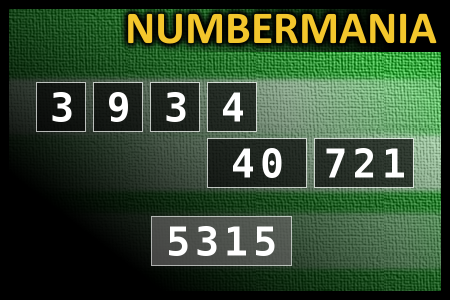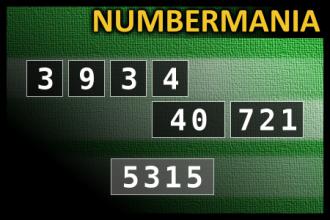Calculate the number 5315
NUMBERMANIA: Calculate the number 5315 using numbers [3, 9, 3, 4, 40, 721] and basic arithmetic operations (+, -, *, /). Each of the numbers can be used only once.
Dumb Blonde Comp.
80,000 blondes meet in a football stadium for a "Blondes Are Not Stupid" Convention.
The leader says, "We are all here today to prove to the world that blondes are not stupid. Can I have a volunteer?"
A blonde gingerly works her way through the crowd and steps up to the stage.
The leader asks her, "What is 15 plus 15?"
After 15 or 20 seconds she says, "Eighteen!"
Obviously everyone is a little disappointed. Then 80,000 blondes start cheering, "Give her another chance! Give her another chance!"
The leader says, "Well since we've gone to the trouble of getting 80,000 of you in one place and we have the world- wide press and global broadcast media here, gee, uh, I guess we can give her another chance."
So he asks, "What is 5 plus 5?"
After nearly 30 seconds she eventually says, "Ninety?"
The leader is quite perplexed, looks down and just lets out a dejected sigh -- everyone is disheartened - the blonde starts crying and the 80,000 girls begin to yell and wave their hands shouting, "GIVE HER ANOTHER CHANCE! GIVE HER ANOTHER CHANCE!"
The leader, unsure whether or not he is doing more harm than damage, eventually says, "Ok! Ok! Just one more chance -- What is 2 plus 2?"
The girl closes her eyes, and after a whole minute eventually says, "Four?"
Throughout the stadium pandemonium breaks out as all 80,000 girls jump to their feet, wave their arms, stomp their feet and scream... "Give her another chance! Give her another chance!"

